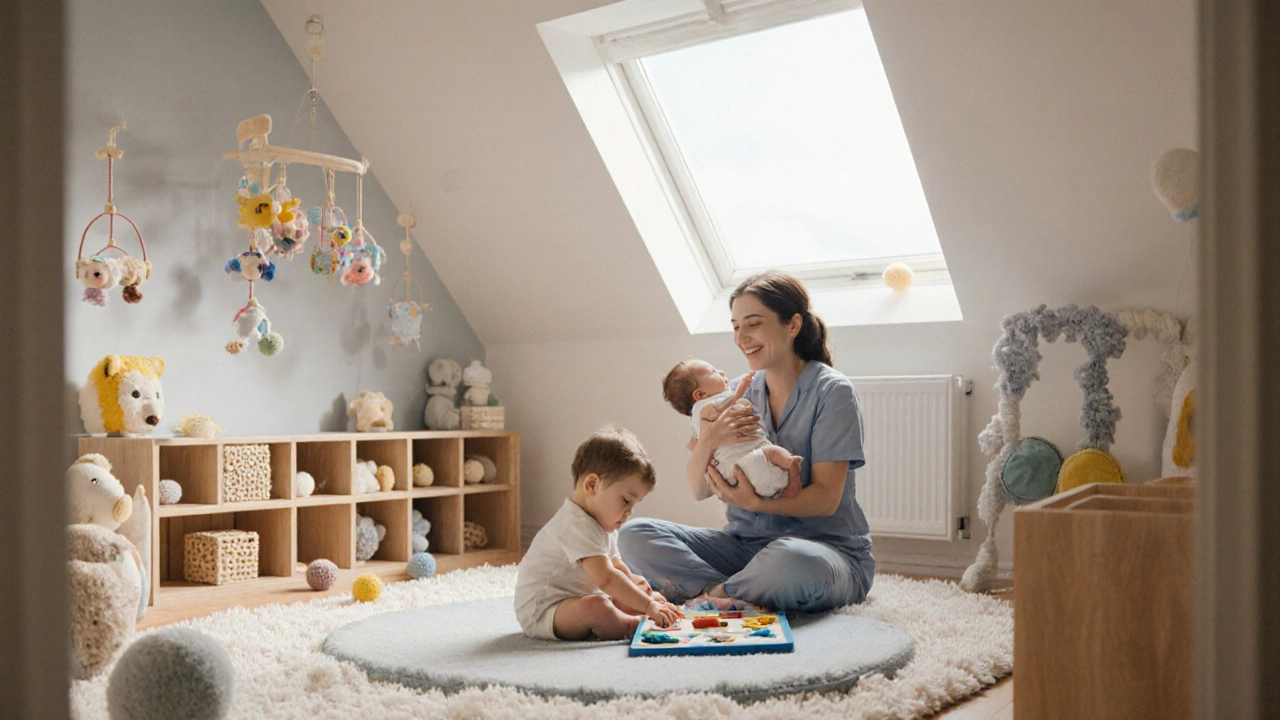Early Childhood Education: Foundations, Practices, and Resources
When talking about early childhood education, the structured learning period from birth to about eight years that builds the cognitive, social and emotional base for later schooling. Also known as early years education, it serves as the first formal step in a child's academic journey. This phase isn’t just about alphabet songs; it shapes how kids think, solve problems, and interact with the world. Below you’ll see why understanding this stage matters for teachers, parents, and policy‑makers alike.
How Preschool Connects to the Bigger Picture
One of the most visible pieces of early childhood education is preschool, the setting where children experience guided play, basic literacy and early maths. Preschool early childhood education programs typically follow a blended approach: teachers plan activities that hit developmental milestones while keeping the atmosphere fun and low‑pressure. Research shows that children who attend quality preschool are more likely to stay engaged in school and achieve higher test scores later on. The link is clear – preschool acts as the bridge between home‑based learning and formal schooling, making the transition smoother for both kids and families.
Another critical piece is child development, the natural progression of physical, mental and emotional abilities as kids grow. Early childhood education directly taps into these developmental stages by offering age‑appropriate challenges that stimulate neural pathways. For example, fine‑motor tasks like bead threading support hand‑eye coordination, while storytelling builds language and listening skills. When educators align curriculum with known development stages, they boost confidence and readiness for later academic work.
The term foundation years is often used in the UK to describe the first three years of primary school (Reception, Year 1, Year 2). These are the years where the early childhood education agenda really takes shape in a classroom setting. During the foundation years, teachers use a mixture of guided reading, numeracy games and outdoor exploration to cement core concepts. Because the government’s national curriculum emphasizes these years, schools receive extra resources and training to deliver high‑quality instruction.
Effective early childhood education also relies on play‑based learning. Rather than viewing play as mere free time, educators see it as a purposeful tool for exploration. When kids role‑play a shop, they practice counting money, vocabularly, and social negotiation. Play‑based learning supports creativity, problem‑solving and resilience – skills that standard lectures rarely teach. The approach aligns with research that shows children learn best when they are actively engaged and intrinsically motivated.
Behind every successful program stands a qualified early years teacher. These professionals hold specialized training in child psychology, curriculum design, and safeguarding. Their expertise ensures that activities are not only fun but also pedagogically sound. A well‑trained teacher can read subtle cues – a child’s frustration or excitement – and adjust the lesson on the fly, maximizing learning outcomes. This human touch differentiates high‑quality early childhood education from generic childcare.
Parents also play a vital role. Home environments that echo preschool routines – such as regular reading times, simple science experiments, or art projects – reinforce what children experience at school. When families and teachers collaborate, children receive consistent messages about the value of learning. Workshops, newsletters, and classroom volunteering are common ways schools involve parents, creating a community focused on child growth.
Finally, the learning environment itself matters. Bright, safe spaces with accessible materials invite curiosity. Outdoor areas stocked with sand, water tables, and climbing structures extend learning beyond walls, helping kids develop motor skills and a love for nature. When spaces are intentionally designed for exploration, they become extensions of the curriculum, not just backdrops.
All these pieces – preschool, child development, foundation years, play‑based learning, qualified teachers, parent involvement, and supportive environments – weave together to form a robust early childhood education system. Below you’ll find a curated selection of articles that dive deeper into each aspect, offering practical tips, recent research, and real‑world examples to help you support young learners effectively.

Early Education Age Explained: When Do Kids Start Learning?
- by Eliza Fairweather
- on 8 Oct 2025
Learn what the early education age means, the stages from infant to pre‑kindergarten, benefits of early learning, and how to pick the right program for your child.
